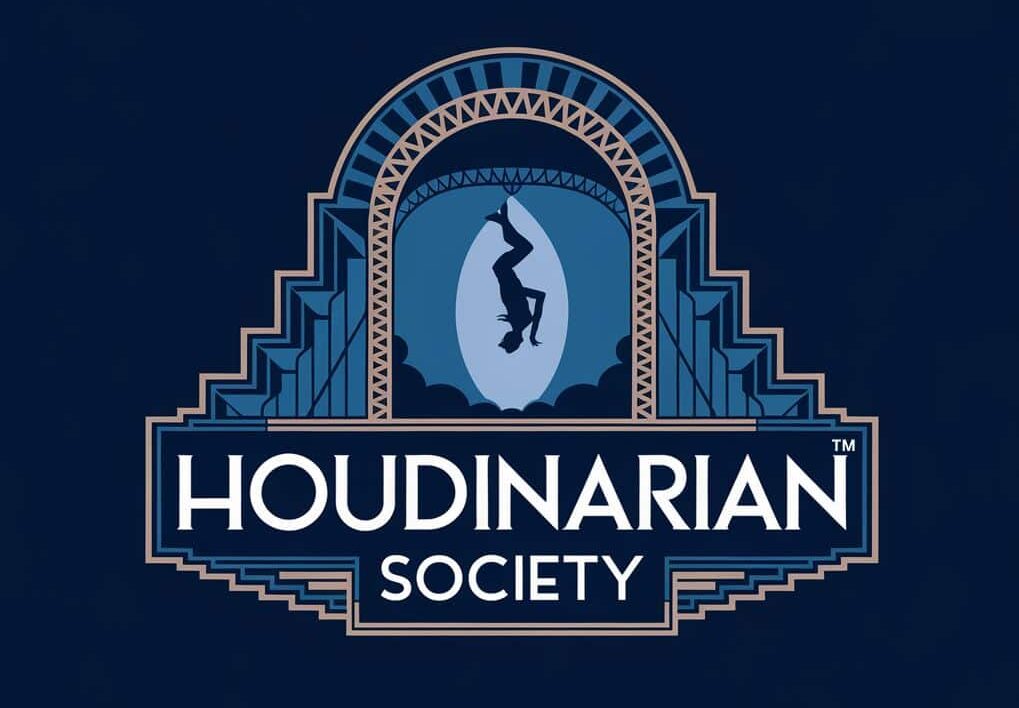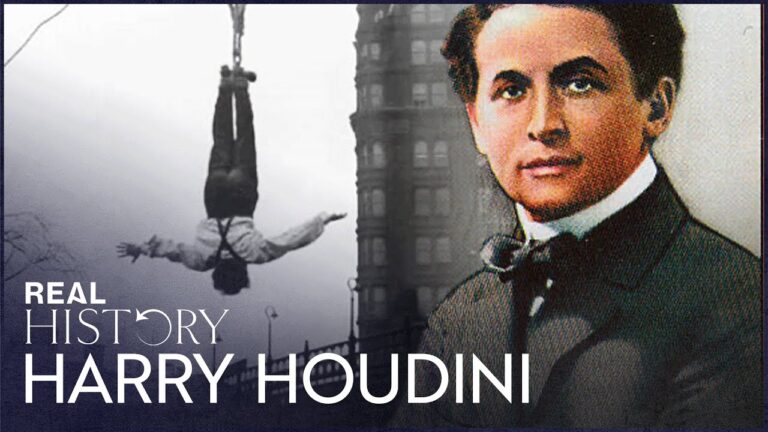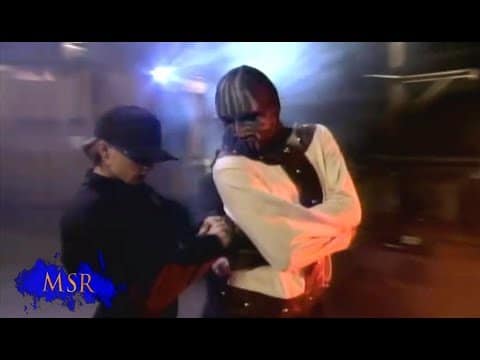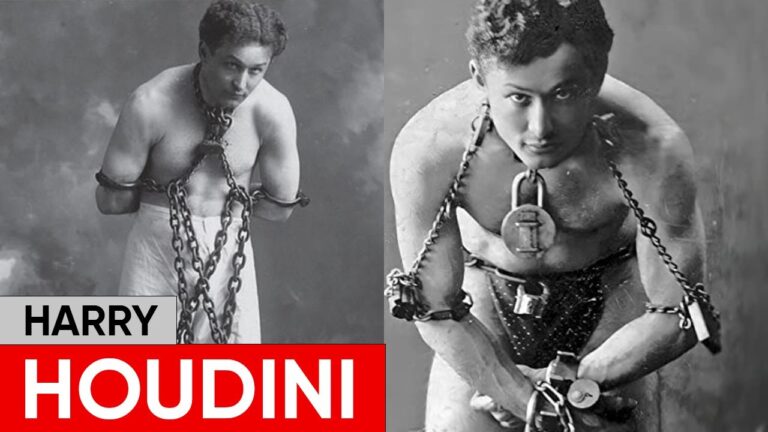The Influence of Cultural Traditions on Magic: A Global Perspective
Magic shapes our world in countless fascinating ways. Your view of magic depends heavily on where you grew up and the cultural beliefs passed down through generations in your community. Beliefs about supernatural forces and magical practices vary dramatically across different societies and have evolved over centuries of cultural exchange.
When you look at magical traditions worldwide, you’ll find rich diversity in how different cultures approach supernatural powers. From ancient shamanic practices in the East to European folk magic between 1450-1700, people have used magic as a way to make sense of their world and influence events around them.
Magical beliefs often reflect deeper cultural values and ways of seeing reality. These traditions continue to shape modern practices, even as older beliefs mix with new interpretations. The way you think about magic today likely comes from this complex history of cultural influences and exchanges.
The Intersection of Culture and Magic

Magic exists as a profound force that shapes cultural practices and beliefs across societies worldwide. Communities develop unique magical traditions that reflect their values, history, and worldview.
The Role of Cultural Beliefs in Shaping Magic
When you examine magical practices, you’ll find they mirror the deep-rooted beliefs of their originating cultures. Traditional magical systems vary greatly between Eastern and Western societies.
In Asian cultures, magic often connects to concepts of balance and natural harmony. You might notice how Chinese feng shui combines spiritual beliefs with practical living arrangements.
African magical traditions emphasize community healing and ancestral connections. These practices remain active in modern times, adapting to new social conditions while maintaining core cultural values.
Historical Context of Magic in Various Societies
Ancient civilizations developed complex magical practices that served multiple purposes:
- Social control: Rituals enforced community rules
- Knowledge preservation: Magical texts stored cultural wisdom
- Power structures: Magic users often held important positions
Medieval European magic blended Christian elements with local folk practices. You can trace these influences in grimoires and spell books from that period.
Cultural Significance of Magic Performances
Public displays of magic serve as entertainment while reinforcing cultural values. Street magicians in India maintain centuries-old traditions that combine showmanship with spiritual significance.
Modern magical practices adapt to changing social needs. You’ll find traditional elements mixed with contemporary interpretations in today’s performances.
Magic shows in different regions reflect local preferences. Asian performances often emphasize elegant movements and symbolic meanings, while Western shows tend to focus on grand illusions and technical skill.
Regional Influences On Magical Techniques
Magic has developed unique characteristics across different regions of the world, shaped by local beliefs, customs, and historical events. These distinct approaches have created rich tapestries of magical practices that continue to influence modern practitioners.
Asian Traditions And Their Impact On Magic
Chinese magic and spirituality centers on the concept of qi energy and the balance of natural forces. You’ll find these principles embedded in practices like feng shui and traditional Chinese medicine.
Japanese magical traditions blend Shinto beliefs with Buddhist influences. The practice of onmyōdō combines elements of astronomy, divination, and ceremonial magic.
In Southeast Asian cultures, magic often connects to ancestor veneration and spirit communication. Thai sak yant tattoos serve as magical protection, while Indonesian shamans use sacred daggers called keris.
Korean magical practices emphasize the harmony between human activities and natural cycles. Mudang rituals demonstrate this through elaborate ceremonies that maintain balance between spiritual and physical realms.
European Magical Heritage And Techniques
Medieval European magic drew heavily from religious texts and ancient Greek philosophy. You can trace many modern magical tools and symbols to this period.
The grimoire tradition emerged in Europe, creating detailed spell books and ritual instructions. These texts combined Christian elements with older pagan practices.
Norse magic, or seidr, focused on prophecy and fate manipulation. Germanic rune magic continues to influence modern divination practices.
Celtic druids developed nature-based magical systems. Their sacred grove ceremonies and herbal knowledge shaped later European magical traditions.
African Cultural Contributions To Magic
West African Yoruba traditions introduced complex systems of divination and spirit work. The Ifá oracle system remains influential in many modern magical practices.
Egyptian magical techniques emphasized powerful words and symbols. Ancient Egyptian priests developed sophisticated ritual magic that spread throughout the Mediterranean.
Traditional African healing practices combine herbal medicine with spiritual ceremonies. Many healers work with plant spirits and ancestral forces.
The Zulu sangoma tradition preserves ancient magical knowledge through oral teaching. These practices focus on dream interpretation and spiritual healing.
Native American And Indigenous Magical Practices
Plains tribes developed medicine wheel ceremonies that align with natural cycles. You’ll see these concepts reflected in many modern earth-based magical systems.
Aztec magical practices incorporated complex calendar systems and astronomical observations. Their crystal scrying techniques continue to influence modern divination.
North American medicine people use sacred plants and vision quests for spiritual development. These practices emphasize personal transformation and healing.
Inuit shamanic traditions work with weather spirits and animal guides. Their drum ceremonies create altered states for magical work and healing.
Houdini: A Cultural Chameleon

The legendary magician Harry Houdini mastered the art of adapting his performances to connect with diverse audiences around the world. His remarkable ability to blend cultural elements made him a truly universal entertainer.
Houdini’s Early Life And Cultural Influences
Born Erik Weisz in Budapest, Houdini’s immigrant experience shaped his career. His Jewish heritage and early years in Europe gave him unique insights into different cultural perspectives.
Growing up in Wisconsin and New York exposed young Erik to America’s melting pot of traditions. He learned to speak multiple languages and studied various cultural practices.
His time performing in dime museums taught him to read audiences and adapt his style. These early venues attracted people from all walks of life, helping him develop his universal appeal.
How Houdini Incorporated Global Traditions
During his international tours, Houdini studied local magic traditions in each country he visited. He often incorporated regional elements into his acts to create deeper connections with audiences.
In India, he learned from street performers and mystics. His famous water tank escape drew inspiration from ancient Chinese water torture cells.
He blended American showmanship with European theatrical traditions. This fusion created a unique style that transcended cultural boundaries.
Houdini’s Impact On Modern Magic Across Cultures
Today’s magicians continue to follow Houdini’s example of cultural adaptability in their performances. His influence appears in magic shows worldwide through dramatic reveals and audience participation.
Modern escape artists in Asia, Europe, and the Americas credit Houdini’s methods. His techniques have been adapted for different cultural contexts while maintaining their core appeal.
His marketing strategies revolutionized how magicians promote themselves globally. You can see his influence in how contemporary performers build international followings through social media and cultural engagement.
Contemporary Magic And Cultural Adaptation

Magic acts have evolved beyond simple tricks to embrace diverse cultural elements and regional sensitivities. Modern performers blend traditional illusions with local customs to create meaningful connections with audiences worldwide.
Modern Magicians And Cultural Sensitivity
You’ll notice top magicians now research local traditions before performing in different regions. They avoid using religious symbols or sacred objects that might offend their audiences. Instead, they incorporate respectful cultural references into their acts.
Many performers learn basic greetings and phrases in local languages. This small gesture helps build trust with audiences. They also study cultural taboos and adjust their routines accordingly.
Props and costumes often reflect cultural significance through careful color choices and designs. Red represents luck in Chinese culture, while white has funeral associations in some Asian countries.
Adapting Performances For Regional Audiences
Successful magic shows now feature stories and themes that resonate with local audiences. In India, performers might weave elements of Vedic mythology into their acts. Japanese audiences often appreciate precision and technological elements.
Pacing varies by region. Mediterranean audiences enjoy longer, theatrical presentations. North American shows tend to be faster-paced with more audience participation.
Contemporary magic practices incorporate local music, dance, and art forms. This creates a more immersive experience for viewers.
Case Studies Of Culturally-Inspired Magic Acts
David Copperfield’s “Walking Through the Great Wall of China” combined Eastern mythology with Western illusion techniques. The performance respected Chinese heritage while creating a universal moment of wonder.
Yu Ho-Jin’s “manipulation act” brings Korean artistic elements to traditional card magic. His graceful movements reflect Asian performance traditions.
Indian magician P.C. Sorcar Jr. transforms classic levitation illusions by incorporating Sanskrit verses and traditional Indian music. His shows bridge ancient mysticism with modern entertainment.
The Future Of Magic In A Globalized World
Magic practices are rapidly evolving through digital connections, cultural exchanges, and technological innovation. These changes create new forms of magical expression while preserving ancient traditions.
Trends In Cultural Exchange And Fusion In Magic
You’ll find magical traditions blending across borders as practitioners share knowledge online and through international travel. Modern witchcraft often combines elements from multiple traditions, like mixing European spellwork with Asian energy practices.
Social media platforms enable magical communities to form regardless of geographic location. You can now learn African divination methods from teachers in Nigeria or study Norse runes with practitioners in Sweden.
Magic shops increasingly stock supplies from diverse traditions. Your local store might offer everything from Mexican folk magic candles to Japanese ofuda talismans.
The Role Of Technology In Cultural Adaptation
Digital tools transform traditional practices while maintaining their core meanings. You can now cast circles using augmented reality apps or conduct remote healing sessions through video calls.
Virtual altars and digital grimoires make magical practice more accessible and portable. Your smartphone can hold entire libraries of magical texts and track astronomical conditions for ritual timing.
Smart home technology enables automated magical practices. You can program lights and sounds to enhance ritual atmosphere or set reminders for moon phase workings.
Predictions For The Evolution Of Magic Across Cultures
Future magical practices will likely emphasize environmental awareness and sustainability. Your rituals might focus more on ecological healing and connecting with urban nature spirits.
We’ll see more integration of science and magic. Practitioners might use quantum physics concepts to explain energy work or incorporate biotech elements into healing spells.
Cultural preservation efforts will gain importance. Your community might develop new ways to maintain traditional practices while adapting to modern life. This might include using 3D printing for ritual objects or creating virtual sacred spaces.






